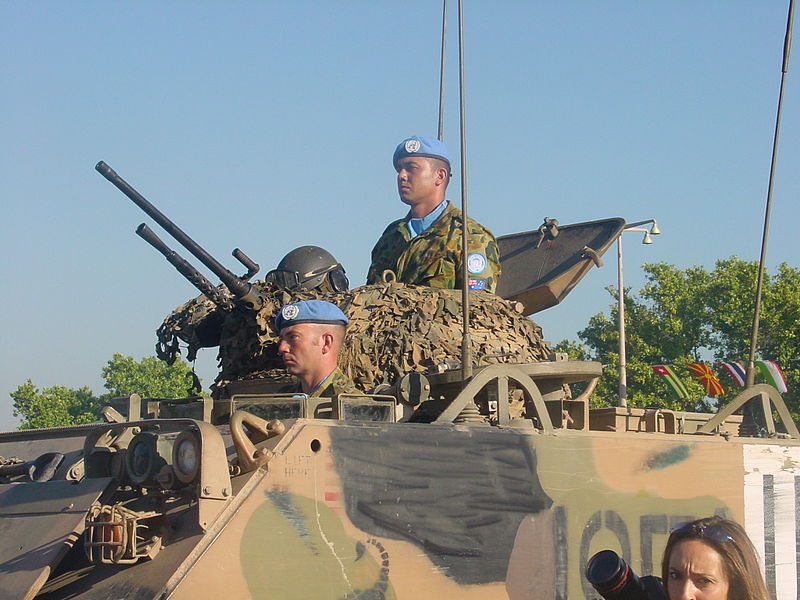India has arrived

Last month, European Commission President Ursula von der Leyen announced that the first official foreign visit of the commission in her second term would be to India. On the same day, Marco Rubio held his first bilateral meeting as US Secretary of State with India’s minister of external affairs, Subrahmanyam Jaishankar. Indian Prime Minister Narendra Modi’s two-day visit to Washington last week confirmed his country’s rising international profile. The visit ended with the promise of what Modi called a United States-India ‘mega partnership’. As part of that partnership, he has committed to double trade with the US by 2030, increase oil and gas imports and expand US military sales to India.
India is the world’s most populous country, home to more than 1.4 billion people with a median age of 29.8 years, compared to 38.9 in the United States, 40.2 in China and 44.5 in the European Union. This massive and relatively young population, together with a large and fast-growing information and communications technology sector, is supporting an economic boom: India is now the fastest-growing major economy, with the International Monetary Fund forecasting a 6.5 percent increase in GDP this year. India is expected to overtake Japan and Germany to become the world’s third-largest economy by 2030.
Despite its vast potential, India has long been overlooked by the West, both economically and geopolitically. But a fundamental global realignment is now underway. The US’s unipolar moment has given way to an era of great-power competition that, unlike during the Cold War, features demands by emerging and developing economies for a more inclusive and representative multilateral system. In this multipolar age, both the US and Europe see India—a neutral foreign-policy actor and dynamic emerging economy—as vital to the future of their strategic priorities.
A founder of the Non-Aligned Movement, India has plenty of experience navigating precarious moments in world affairs. During the Cold War, it skilfully balanced its policies toward the US and the Soviet Union. When it engaged with the Soviet Union—from which it received considerable military assistance—it calibrated its approach to offset US support of Pakistan, without taking sides in the great-power competition.
India has since maintained this pragmatic balancing act, adapting its foreign policy to a shifting geopolitical landscape. Today, that means recognising its potential to shape global affairs, including by playing a leading role in building an efficient, realistic and inclusive multilateralism.
This is reflected in Modi’s pursuit of a more assertive, internationalist foreign policy. Beyond building new partnerships and strengthening old ones, Modi has sought to increase India’s influence in traditional and emerging multilateral fora. In 2023 alone, India held the presidency of both the G20 and the Shanghai Cooperation Organisation (a Chinese creation, comprising nine Middle Eastern and Asian countries).
Moreover, India plays a leading role in the BRICS, which, in addition to Brazil, Russia, India, China and South Africa, now includes Egypt, Ethiopia, Indonesia, Iran and the United Arab Emirates. India’s approach to the BRICS is characteristically nuanced: whereas Russia and, to a significant extent, China see themselves as disruptors of the existing order, India views itself as a reformer. This enables it to maintain strategic flexibility as it advances its economic and diplomatic interests.
India’s relationship with China is complicated by other factors. While the countries work together in some fora, they are also locked in protracted territorial disputes and a competition for leadership in the so-called Global South. And India’s growing global clout—including its appeal to Western powers—stems in large part from its ability to act as a counterweight to China. The India-Middle East-Europe Economic Corridor was designed as an alternative to China’s Belt and Road Initiative and reflects India’s centrality to global supply chains.
India is also indispensable to the Quad alliance with Australia, Japan and the US—a grouping that is officially focused on maritime security and economic cooperation, though its members clearly seek to provide a buffer against China in the Indo-Pacific region. It is thanks to India—a rising ‘Southern’ power—that the Quad is not viewed as just another Western vehicle.
Modi has sought to bolster India’s Southern credentials, including by highlighting its status as the ‘mother of democracy’. By framing democracy as intrinsic to Indian civilisation, rather than a colonial legacy, he has aligned India with the middle powers that are now seeking to redefine global governance on their own terms.
To be sure, India has experienced a decisive shift since Modi became prime minister in 2014. He has moved India away from the secular and pluralistic values that had flourished after independence, in favour of an assertive Hindu nationalism. So many international indices have downgraded India’s democratic status that he is now seeking to create his own.
But Modi—the second leader of independent India (after Jawaharlal Nehru) to be elected to three consecutive terms—remains a dominant force in Indian politics, as recent regional election results affirmed. And at a time of rapid geopolitical change, he is committed to leveraging his position, and India’s profound strengths, to turn India into a global player.
India has long had the potential to be an active shaper of international affairs. It has now arrived.



